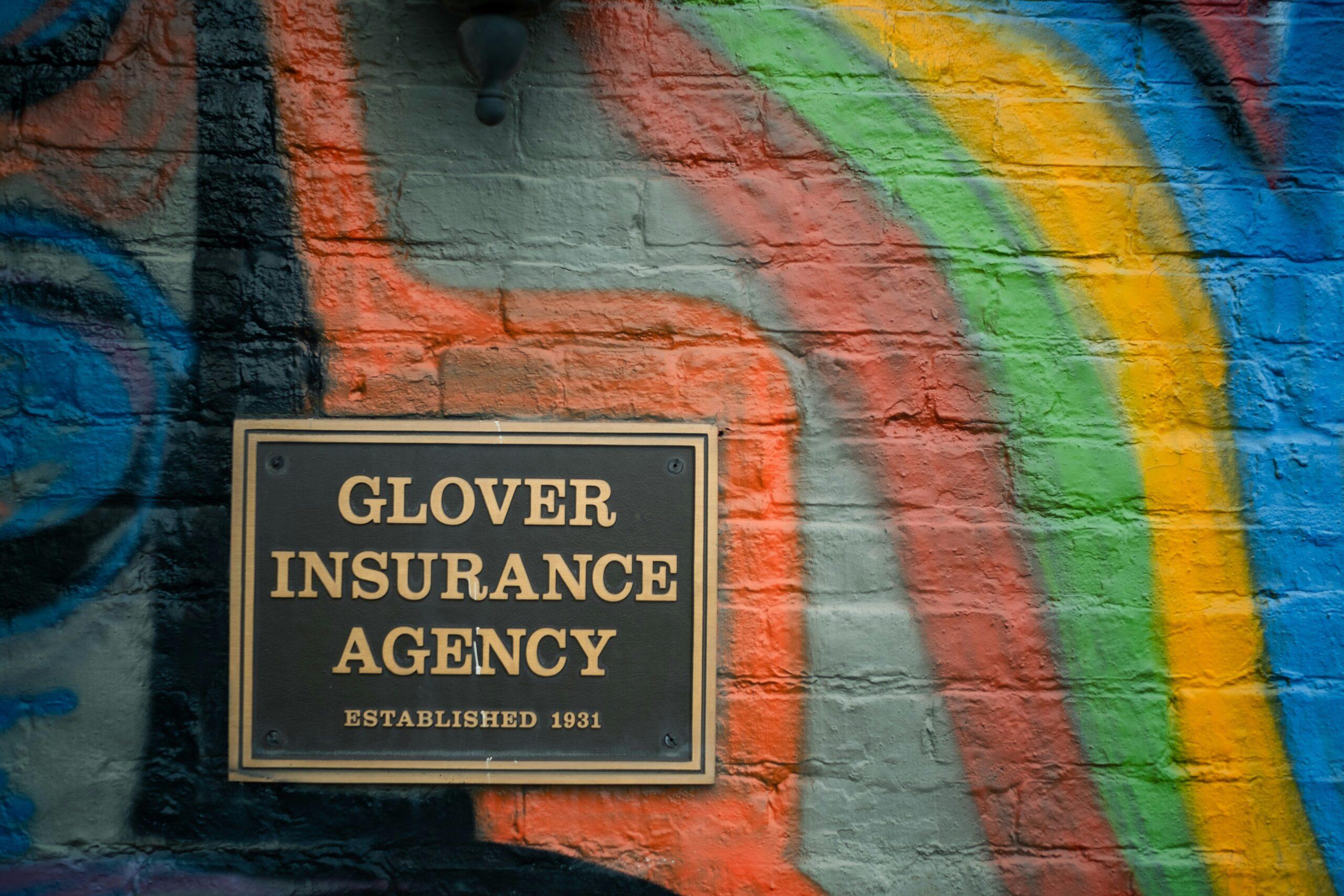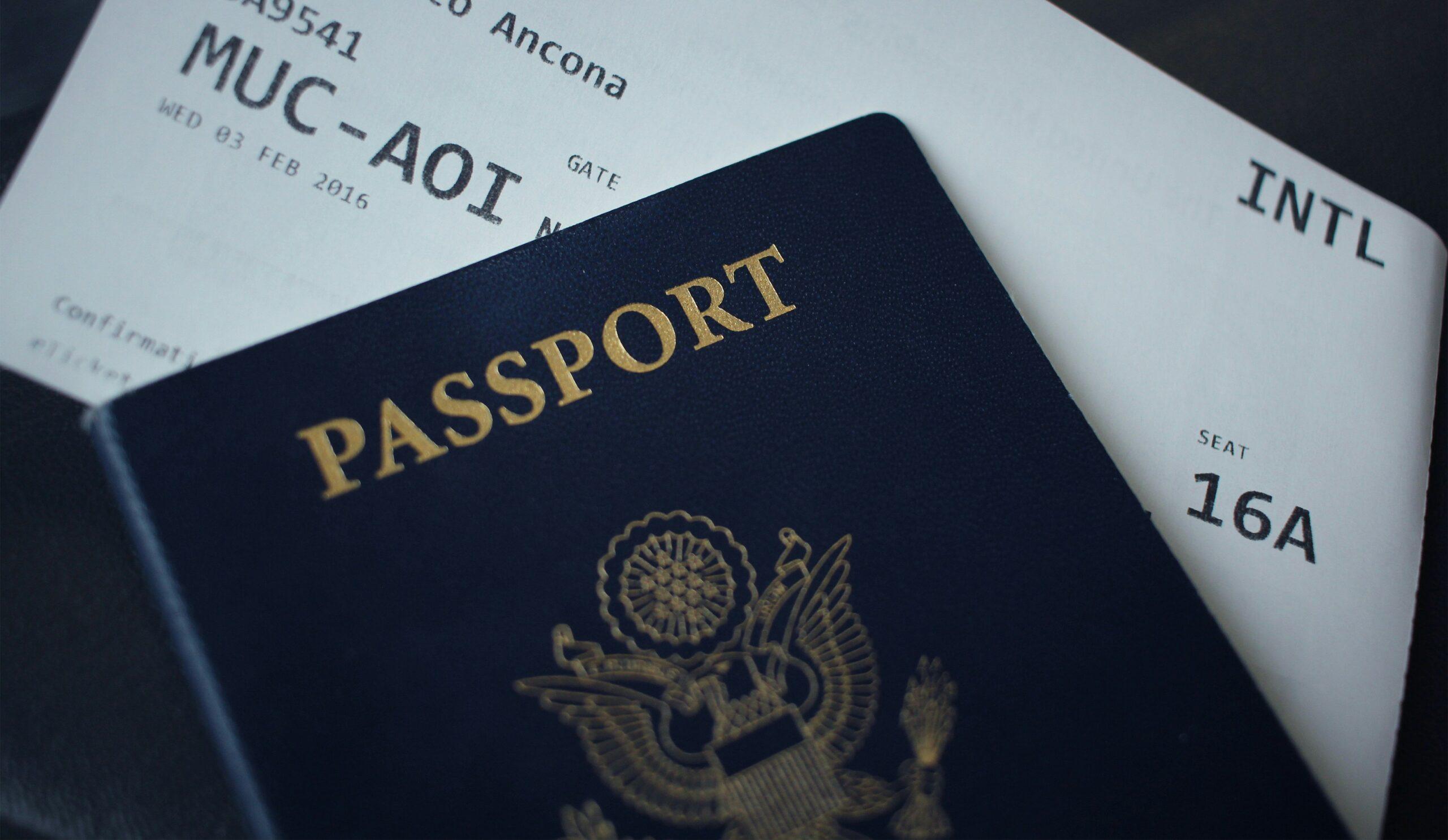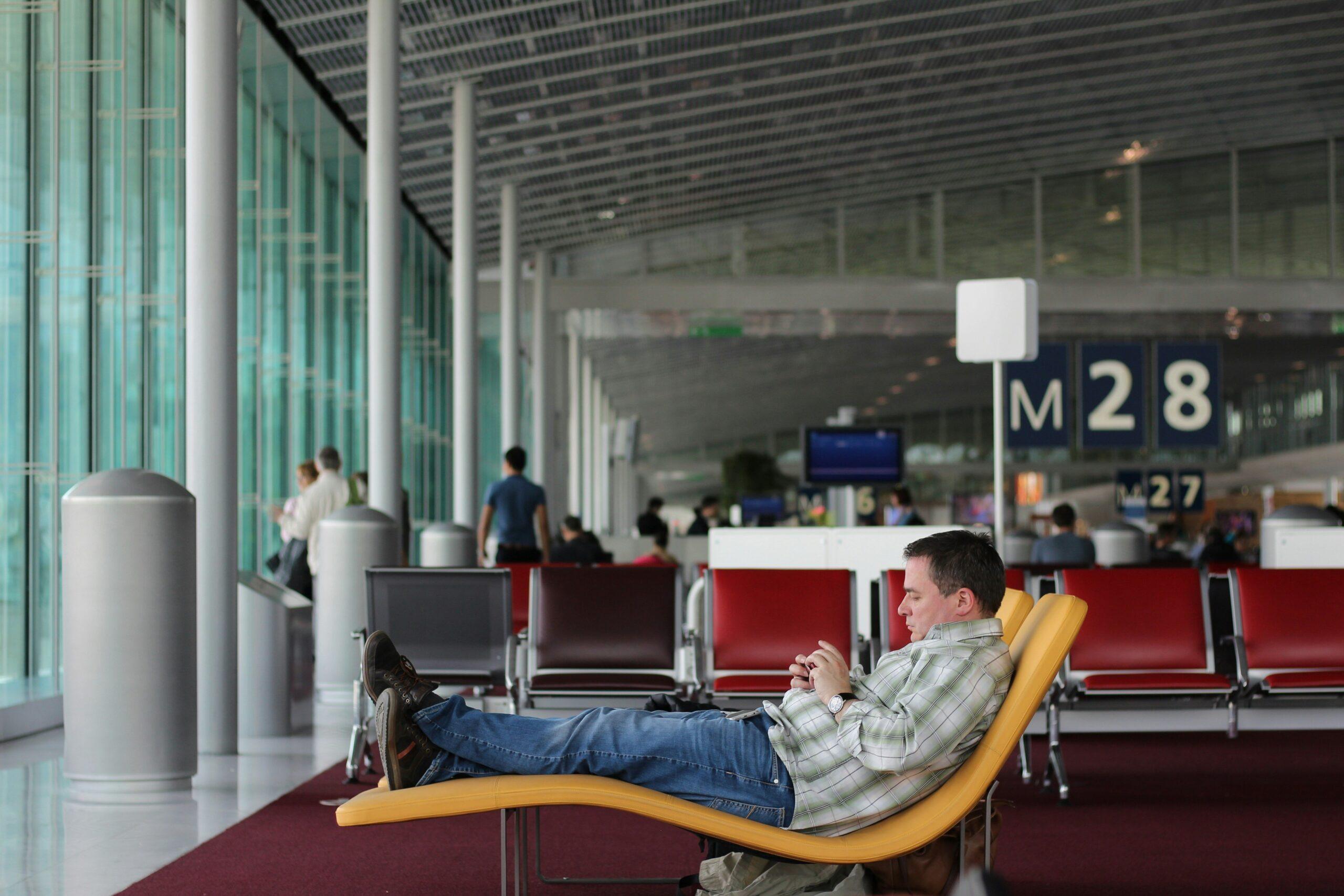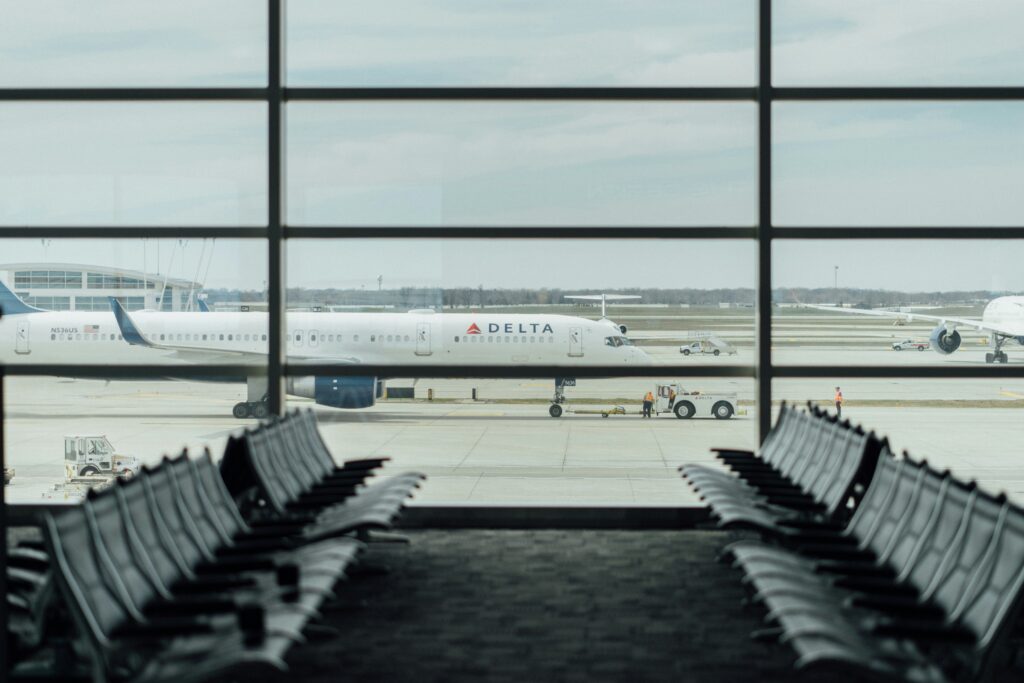Ever been stuck at the airport for 12 hours, watching your vacation dreams drift further away—only to realize you had travel delay insurance but no clue how to document it? Yeah, that sinking feeling.
In this post, we’ll show you how to navigate the frustrating maze of travel delay insurance claims with ease. You’ll learn:
- Why documenting delays matters (spoiler: it saves you money).
- A step-by-step guide to gathering foolproof evidence.
- Pro tips and mistakes to avoid when filing a claim.
Table of Contents
- Key Takeaways
- The Pain of Unprepared Travelers
- How to Document Your Delay Like a Pro
- Best Practices for Perfect Delay Docs
- Real-Life Examples: Failing and Succeeding
- FAQs About Travel Delay Insurance
Key Takeaways
- Travel delay insurance requires proper documentation to successfully process claims.
- Capture receipts, boarding passes, airline notifications, and witness statements immediately.
- Ignoring details can lead to denied claims; preparation is key.
- Use digital tools like email screenshots or apps to store proof securely.
The Pain of Unprepared Travelers
“Optimist Me:” “Oh, I’ve got travel delay insurance. Everything will be fine!”
“Grumpy Me:” “Yeah, right… until you realize you didn’t save *any* documentation.”
Let me tell you a story: Last year, my flight from Paris to New York was delayed by over eight hours due to a mechanical issue. I thought about grabbing coffee and chilling out, confident my policy would cover additional expenses. But when I filed the claim weeks later without any receipts or evidence? Denied. That $300 lounge fee? Gone. The extra night’s hotel stay because of missed connections? Also gone.
Moral of the story? Proper delay documentation is non-negotiable if you want your insurer to reimburse those costs. Without it, you’re just yelling into the void—or worse, arguing on customer support calls while sipping instant coffee.

An infographic detailing essential documents for travel delay claims.
How to Document Your Delay Like a Pro
If you’re ready to stop being one of those frustrated travelers who loses money unnecessarily, here’s a straightforward plan:
Step 1: Capture Proof Immediately
Don’t wait until you land. As soon as you suspect a delay, snap photos or screenshots:
- Frequent Updates: Airline app notifications, gate updates, or announcements displayed on screens.
- Boarding Passes & Tickets: Keep physical copies safe or photograph them.
Step 2: Collect Receipts for Additional Expenses
Save every receipt related to meals, accommodation, transportation, or other incidentals during the delay. Insurers typically only reimburse documented costs.
Step 3: Record Witness Statements
Sometimes having someone else verify your experience strengthens your case. Ask fellow passengers if they’d mind confirming the delay via email or written note.

Sample receipts that help prove incurred expenses during a travel delay.
Best Practices for Perfect Delay Docs
To ensure smooth sailing through your claim process, follow these tried-and-tested strategies:
- Digitize Everything: Use cloud storage or apps to back up all documentation electronically.
- Know What Counts: Only include valid expenses specified in your policy terms.
- Stay Organized: Create folders labeled by trip dates to keep files accessible.
The One Terrible Tip You Should Ignore
“Just wing it.” Some people think slapping together vague notes after returning home works. It doesn’t. Insurers need specifics—not vague memories. Trust me, I learned the hard way!
Real-Life Examples: Failing and Succeeding
Jessica, a frequent business traveler, once faced a 6-hour layover delay in Dubai. By collecting official notices from Emirates staff, saving hotel bills, and retaining meal receipts, she received full compensation within two weeks.
Conversely, Mark (a close friend) ignored keeping records during a storm-related delay in Frankfurt. Despite his complaints, he never submitted sufficient proof, leaving him out-of-pocket for nearly $500.
Bonus rant moment: Nothing infuriates me more than airlines making blanket announcements without providing tangible documentation. Why must we always chase paper trails?

A happy traveler celebrating reimbursement success thanks to solid documentation.
FAQs About Travel Delay Insurance
Q1: What counts as acceptable delay documentation?
Airlines’ official notices, boarding passes, receipts, and even timestamped social media posts can count if relevant.
Q2: Can I submit handwritten notes?
While possible, typed/official documents are preferred. Handwritten notes may raise questions unless corroborated.
Q3: How long do I have to file a delay claim?
This varies by provider. Typically, 30-90 days post-trip is standard—but read your policy carefully.
Conclusion
Documenting travel delays effectively isn’t rocket science—it’s diligence. Armed with the steps outlined above, plus our quirky mix of brutal honesty and actionable advice, you’re well-equipped to conquer travel delay insurance claims like a pro.
Remember, start early, stay organized, and don’t forget your snacks—they won’t refuse those receipts!
And now, enjoy this nostalgic send-off:
Coffee fuels late nights,
Paperwork stacks grow higher,
Claims paid = victory.


